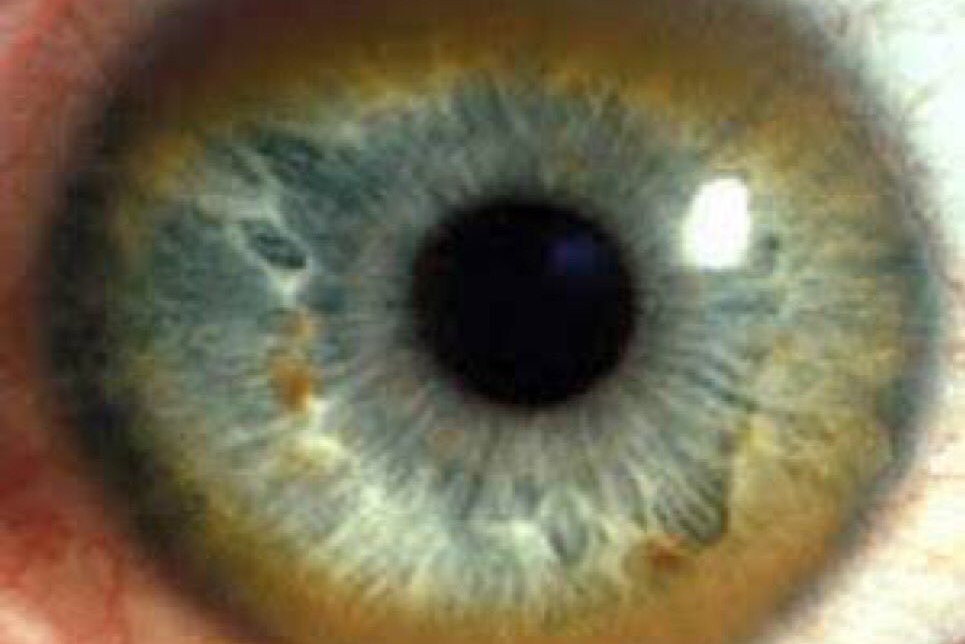
Wilson's disease: what are the symptoms
Wilson’s disease is a rare hereditary disease caused by a defect in metabolism that leads to an excessive accumulation of copper in the liver and other tissues (mainly the brain and central nervous system)
Causes of Wilson’s disease
Wilson’s disease is caused by a hereditary defect in hepatic copper metabolism: reduced biliary excretion of copper and reduced synthesis of ceruloplasmin.
Copper is an essential element for human health, but it is also highly toxic: the genetic defect linked to Wilson’s disease hinders the transport of the mineral in the body and causes copper intoxication.
Symptoms and diagnosis of Wilson’s disease
In 50% of patients the first symptoms are related to the onset of neurological damage (limb tremor and rigidity, muscle rigidity, spastic contractions, mental disorders, difficulty in writing and speaking, rapid and progressive deterioration of personality) followed by kidney failure and arthrosis.
In the remaining 50%, the first clinical manifestations of the disease involve the liver: initially, the disease may present with an episode of acute hepatitis, sometimes misdiagnosed as infectious mononucleosis.
In advanced stages, the liver develops cirrhosis and there is degeneration of the basal ganglia of the brain.
Wilson’s disease can remain asymptomatic for years.
Diagnosis is based on laboratory tests, liver biopsy and periphery of the cornea of the Kayser-Fleischer ring of copper deposition.
Treatment: therapy for Wilson’s disease
Therapy is based on a low-copper diet. Disease progression and progression of liver and brain damage can be prevented by treatment with chelating agents such as penicillamine.
In severe cases, liver transplantation is envisaged.
Read Also:
Emergency Live Even More…Live: Download The New Free App Of Your Newspaper For IOS And Android
Colour Changes In The Urine: When To Consult A Doctor
The Colour Of Pee: What Does Urine Tell Us About Our Health?
Kayser-Fleischer Rings: Learning Characteristic Signs Of Wilson’s Disease
Blepharoptosis: Getting To Know Eyelid Drooping
Lazy Eye: How To Recognise And Treat Amblyopia?
Parinaud’s Syndrome (Setting Sun Syndrome): Causes, Characteristics, Diagnosis, Treatment
What Is Aberrometry? Discovering The Aberrations Of The Eye
Red Eyes: What Can Be The Causes Of Conjunctival Hyperemia?
Ectopia Lentis: When The Lens Of The Eye Shifts


